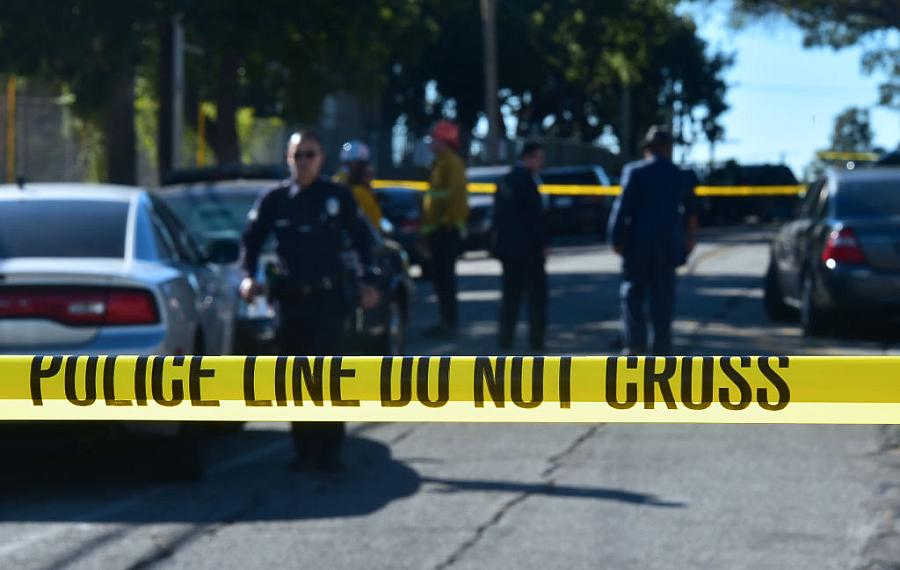Gun violence near elementary schools poses ongoing threat to children’s mental wellbeing

(Photo by Frederic J. Brown/AFP via Getty Images)
The mainstream national conversation around student safety — both mental and physical —primarily revolves around preventing and responding to high-profile mass shootings. After these events, “mental first aid” is deployed for students and includes collaborations with local mental health groups and intentional on-campus spaces where students can go to decompress.
While mass shootings on school campuses are rare, for the past decade they’ve dominated the national discourse on school safety, and ultimately they determine which solutions and policy propositions get the most attention, traction and financial support.
This means that the tools that have been developed to support children’s mental wellbeing, like mental first aid and keeping guns off campuses, are crafted with the most rare but shocking instances of gun violence in mind, rather than built to address ongoing exposure to gun violence that happens near children’s schools and homes.
For my 2022 Data Fellowship reporting project, I plan to analyze California’s shooting and homicide data to figure out how many shootings happen near Northern California elementary schools and understand to what extent they are a part of larger community violence reduction and trauma healing efforts.
This type of analysis will also dig into the different ways students are exposed to gun violence. Some hear gunshots or see crime scenes on their way to school. Others see candlelight vigils, with the names and photos of people who have been murdered, as they approach their school campus. And some students hear about homicides or shootings that have happened in their communities from their peers.
Though each type of exposure carries its own impacts, they can all leave students worried about their safety and that of their friends and family. Without intervention, this trauma can lead to educational struggles and ultimately a continuation of the cycle of community gun violence that generations of children have lived through.
I am focusing on elementary schools because this is where any given community's most vulnerable residents are. Child psychology experts say elementary school children are young enough to be deeply traumatized by gun violence exposure and not have the language to express how it makes them feel. They are also malleable enough to be shaped by positive programs and anti-violence efforts as they grow up.
Implementing programs and having staff to consistently respond to gun violence exposure and trauma requires a large investment in money and staffing and is a tall order for schools that are consistently underfunded, understaffed, and serve low-income communities.
However, the increase in homicides and gun violence in 2020 coupled with the reckoning that followed George Floyd’s killing put the racial and socioeconomic disparities of gun violence in stark focus. These events led to unprecedented interest and willingness by U.S. officials to look at the root causes of gun violence and support solutions that are holistic rather than driven by police and traditional criminal justice responses.
But the potential policy support and funding will only reach the people most in need if decision-makers know exactly where students are facing the highest risk of gun violence exposure.
My hope is that my project will be a resource that will make clear where the greatest needs are and uplift the solutions that the most impacted communities are calling for.

